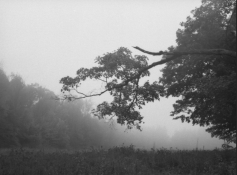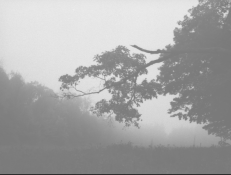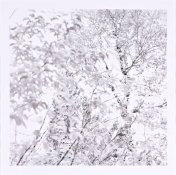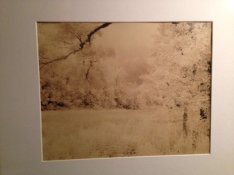The OP, thpt:
You have dared to touch upon the very soul of photography: the deep, subjective aspect.
I can say without equivocation that I have had a love/hate relationship with contrast for the past 50 years. There really ARE some pictures which can go both ways and, thusly, never for those photos is there a definitively correct contrast.
High contrast gives definition: not in terms of acutance, but in terms of 'statement'. But low contrast also does something right: it imparts a sensuality and poetry to certain scenes that, oftentimes, renders a solace unachievable through other means. It 'holds' the strong feelings in check.
'Seeing' is of vital importance with artistic ability. And whether you ponder the paintings of the Great Masters in a good museum, or do such with your own photographic 'masterpieces', you are allowed to think deeply about this contrast impetus and its effects upon one's artistic sensibilities.
The problem emanates from the fact that a transparency (i.e., a negative) has a LOT more tonal range than a print can possibly, and effectively, have, which goes only from pure white to pure black. If, with a contrasty scene, you 'want it all' on the print, you are going to have it 'all' but with tonal steps that appear drab and lifeless. For certain moody scenes that is not only OK, but better as well. But, if the same contrasty scene is presented in a way approaching the tonal range on that negative, you will have a print that is suddenly full of life but lacking either (or both!) much shadow detail or highlight differentiation. You cannot have it all and there lies the frustration. You MUST decide what is important with such scenes and then act accordingly. Then that becomes artistic maturity if you succeed in presenting an effective print. - David Lyga














